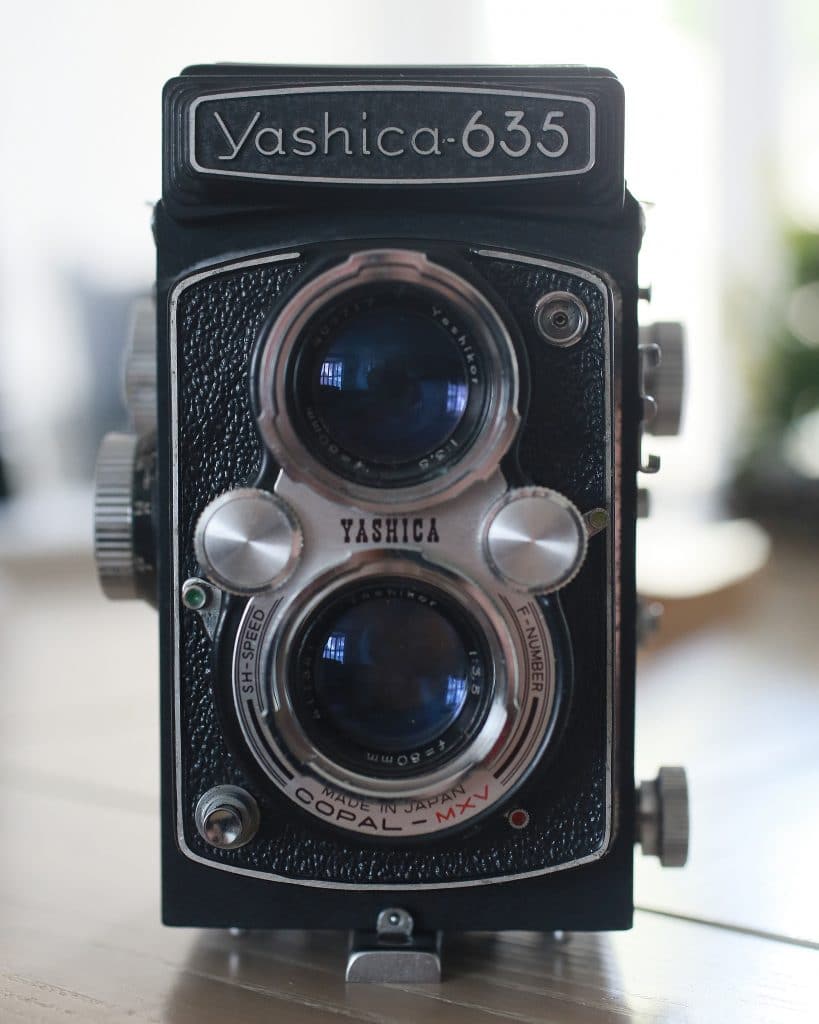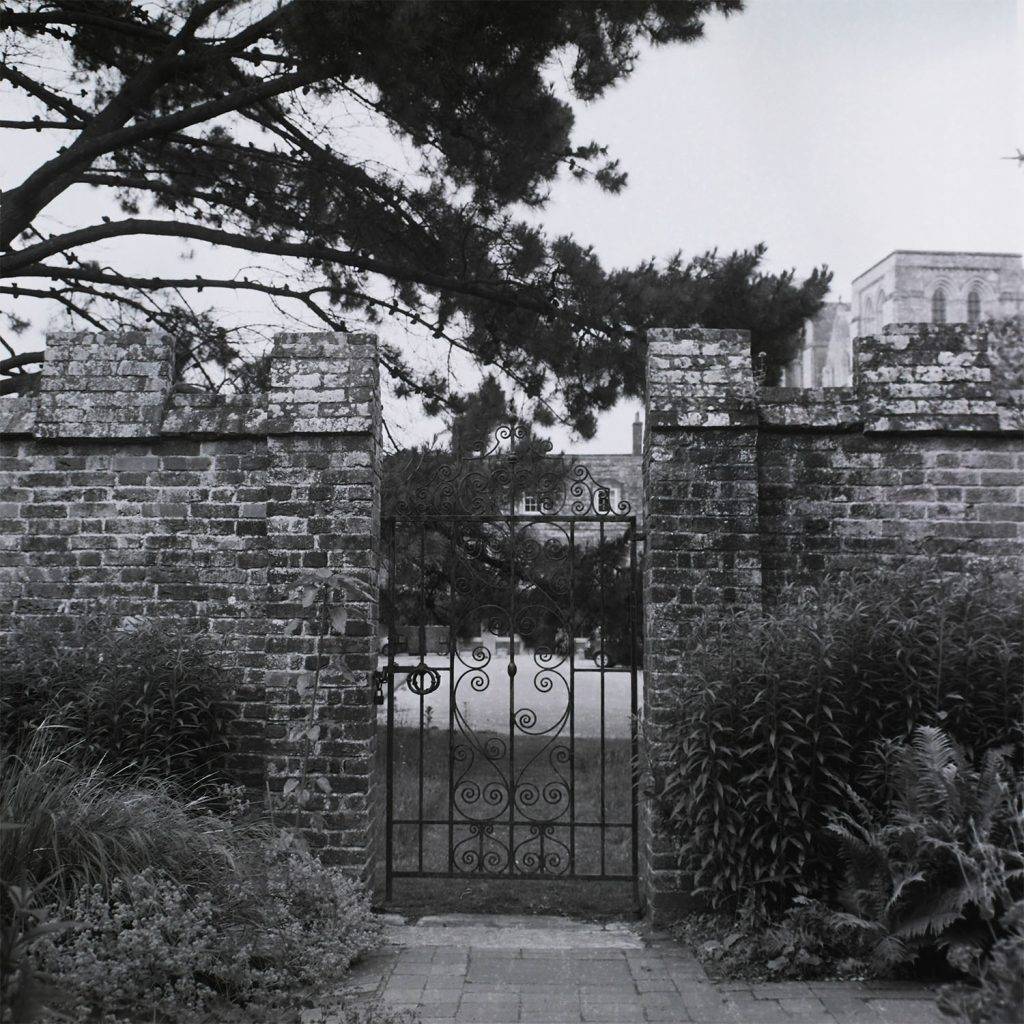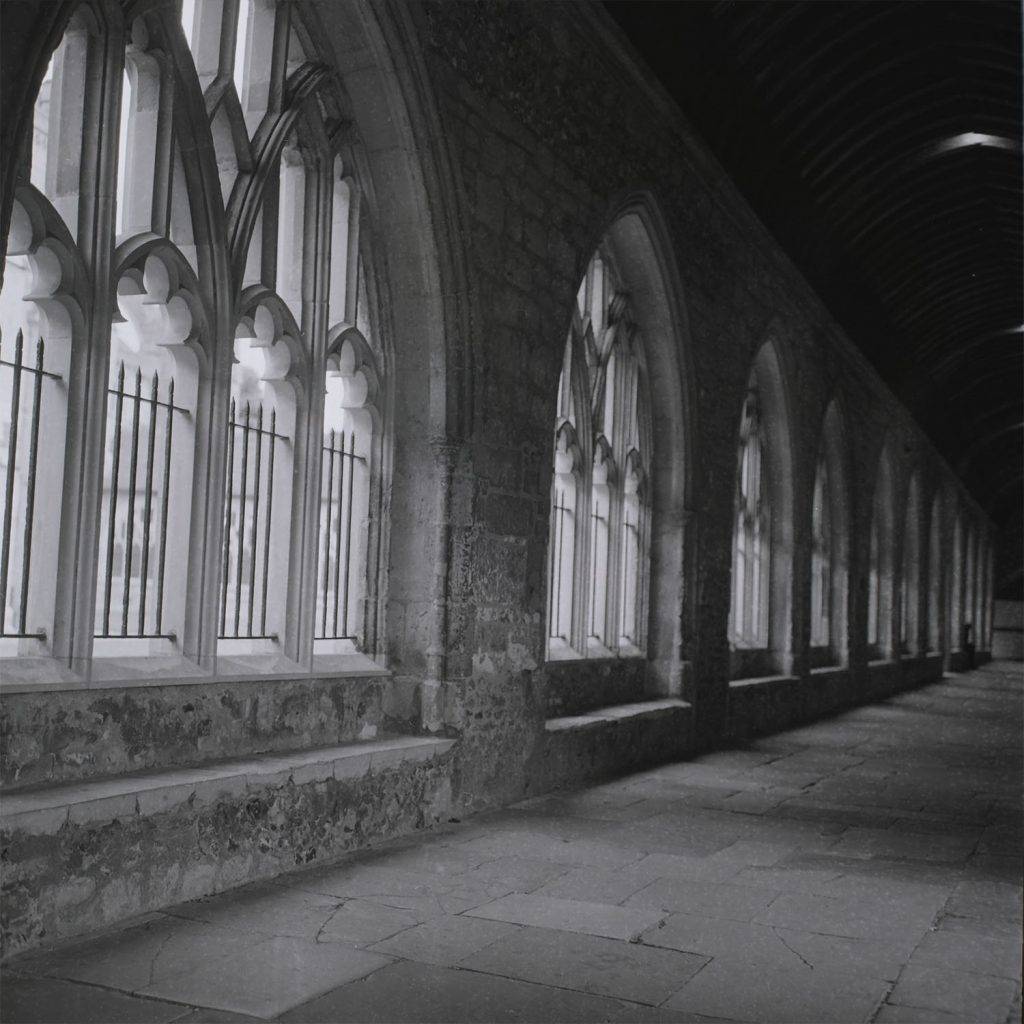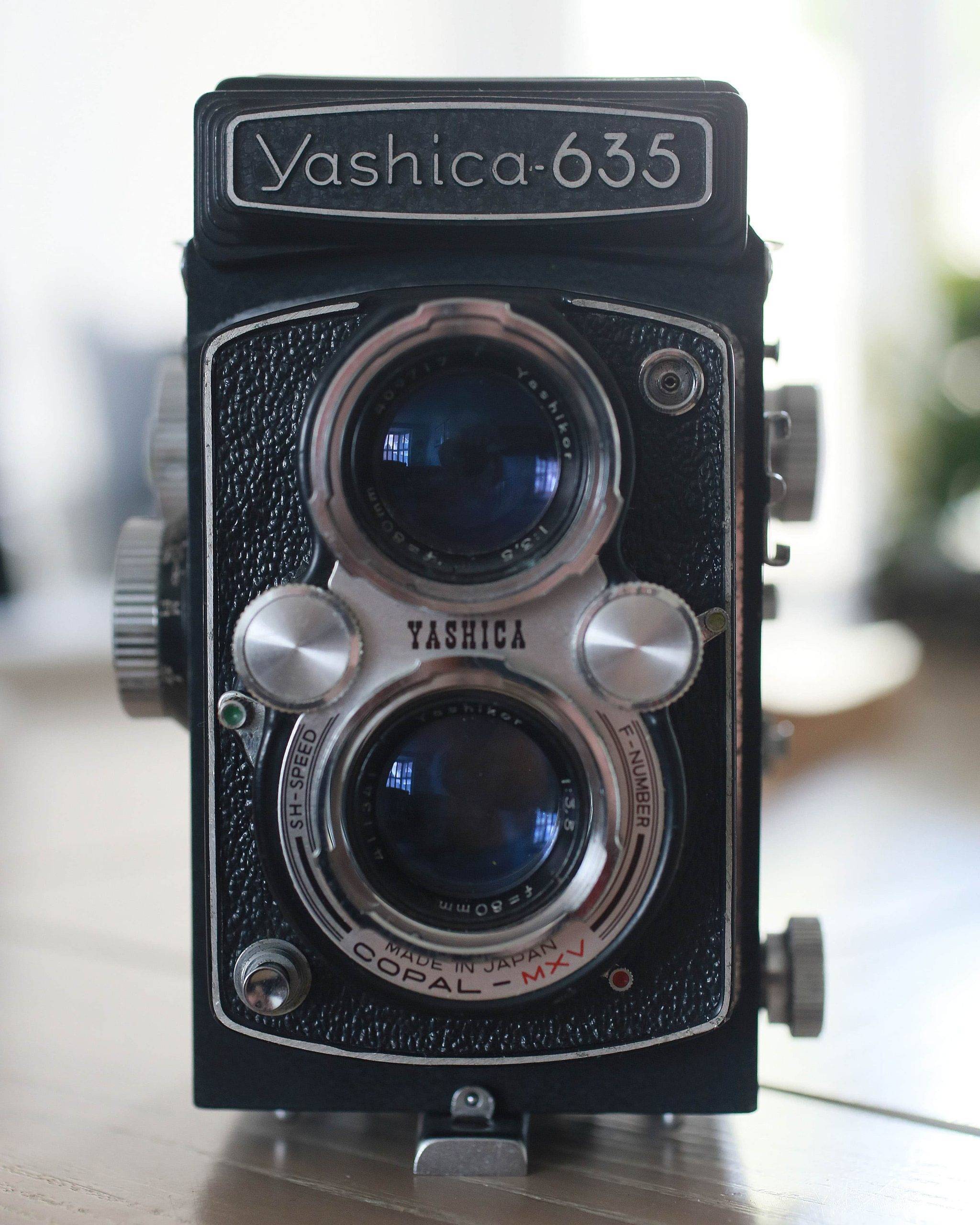
I love TLRs. Currently I have five sitting on my shelf, the Yashica 635 is the newest addition, and I am always on the look out for more. Some I use, others are for decoration, but I have always found them to be one of the most interesting camera designs. It was the preeminent camera design until the rise of the SLR, and there are myriad makes and variations. They were made in an era before the bulk of camera manufacture came from Japan. So you can find English, French or American made TLRs as well as many obscure Japanese and German brands that have long since disappeared.
Cheap options for medium format cameras are becoming few and far between. The days when you could pick up a Hasselblad for a few hundred pounds are long over. This has also meant that the alternatives have gone up in price too and the days of the pro spec medium format camera at bargain prices is probably gone for good. Luckily, there are options around that produce great results, are reliable and easy to use and won’t break the bank. Twin lens reflex cameras like the Yashica 635 are a good example of this. Very popular throughout the 50’s and 60’s, there are many different versions around at every price point. It is still relatively easy to find a good TLR for under £200.
I have used 3 TLRs in recent years. A Minolta Autocord, a Rolleiflex 3.5E and this Yashica 635. The Yashica may not have the bells and whistles of a Rolleiflex, but it feels well built. It operates precisely and smoothly thanks to a recent service, and doesn’t in any way feel like a cheap option. The camera is all metal and the weight feels ‘right’. It has that little bit of heft that makes it sit well in the hand, but isn’t a drag to carry around all day. Most importantly it doesn’t depend on any electronics to function so should prove reliable.

Yashica 635 specification
Although not as desirable as the more expensive Yashicamat 124G, the 635 is a perfectly capable camera that can be had for less than half the price of its more sought after sibling. For that you get a TLR with either a triplet or tessar lens (cameras were made with both so make sure you get the model you want). The shutter runs to 1/500 which is as good as it gets for a leaf shutter camera. There is no light meter, but in most TLRs this age the meter is inaccurate or doesn’t work anyway.
The film winding and shutter cocking are separate, so you have to remember to do both, but this makes them desirable cameras if you want to make multiple exposures. The only real limitation is the lack of a socket for a cable release. The longest exposure available to you is 1 second. There is also a PC socket for flash, a self timer and a standard tripod mount on its base.

Controls
The controls are pretty conventional for this type of camera. Two flat dials on the front of the camera set the shutter speed and aperture. The focus is via a knob on the right of the camera, and the film winds on via a second knob on the same side. The shutter is cocked via a small lever, also on the right of the camera next to the shutter button. There is also a small lever to switch from flash bulbs (M) to electronic flash (X). Make sure you keep this set to X if you use modern flash or your film will be blank!
Triplet Lens
Most Yashica 635 cameras come with a Yashikor lens – a triplet design. Stopped down I don’t really see a great difference between this and my Tessar lensed Minolta Autocord. The lens is perfectly capable of producing sharp images at optimum (5.6-11) apertures. It is not as good as the lens in my Rolleiflex, but then the camera is about an eighth of the price. I am sure that if this was your first TLR you’d be perfectly happy with the performance. I have not shot with it much wide open as this is not really how I work, but from what I have seen the edges soften up considerably while the lens stays relatively sharp in the centre.
One thing I would say is that the inside of the camera is painted flat black but there is no flocking or other provision to guard against stray light. This could lead to flare in some conditions. I have always assumed that lenses of this era would be more prone to flare so I just avoid pointing them into the sun. The twin lens configuration also makes it difficult to flag the lens with your hand as you have no sure way of knowing whether it might be in the frame.
What’s the Yashica 635 like in use?
This is the real question. While specifications are important, if you don’t enjoy using a camera, chances are you’ll never produce genuinely good pictures with it. The Yashica has a lot going for it this respect. It is unpretentious but well made and everything works accurately and smoothly on my version. This is not in small part down to the fact it has had a recent service. I have used many old cameras over the years, and a good service makes a huge difference to how enjoyable a camera is to use. The dials on my example work as if the camera is new. The ground glass is a little dim, but good enough for shooting out doors, and snaps into focus easily. If you get a good strap this camera is easy to carry around all day
All in all this is a camera that will perform predictably and produce good results in the hands of a anyone who is comfortable using a manual camera. It is an excellent entry into medium format with decent build quality and a reasonable price point. It will teach you a lot of the basics you need to know if you are just starting out. If you ever wondered whether you like to compose square images or would get on with a waist level finder, this camera is a useful stepping stone to more expensive systems. Alternatively if you are a medium format shooter and just want a camera for casual use when out and about, the Yashica 635 would fit the bill nicely. All in all it as an excellent option at an affordable price point.
Toby

I bought my Yashika second hand for £20, from a camera shop in Rochester Kent. I first used a TLR at art college in the late fifties. It was a Rolliflex or Rollicord. I liked the 2 1/4 ” format . The Yashika was just about affordable then. I still have this camera including the 35mm adapter. I used it in my construction business to record progress records. I am the proud owner of this camera to this day.
Hallo Tobias,
danke für deinen tollen Bericht über diese schöne Kamera . Es gibt einen Kabelauslöser für diese Kamera. Es ist ein Kabelauslöser mit Leica-Anschluss und wird auf dem Gewinde des Auslöser geschraubt (hierfür einfach den vorhanden Gewindering abschrauben). Es gibt diese bei E-Bay für ca. 15 €.
In der originalen Bedienungsanleitung ist das auch so beschrieben .
Danke dir .
Gruß Kai